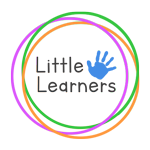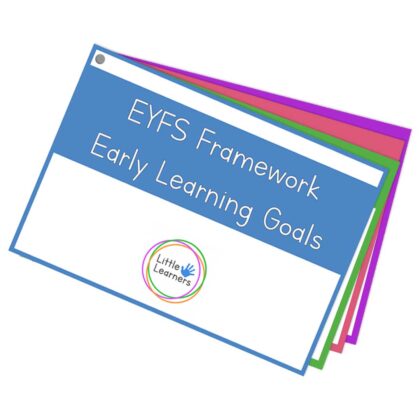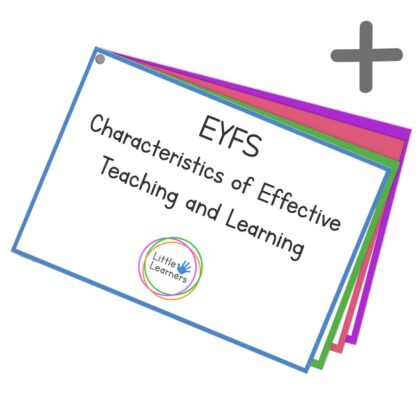What is the EYFS?
The Early Years Foundation Stage (EYFS) covers all learning from birth to age 5. You may have heard of the National Curriculum, which starts from Year 1. The EYFS is the framework (similar to a ‘curriculum’) for birth to Reception.
The EYFS Framework includes 7 areas of learning. There are 3 ‘prime’ areas and 4 ‘specific’ areas. The idea is that without skills in the prime areas, children are not able to access learning in the specific areas.
The 3 Prime areas are:
- Personal, Social and Emotional Development
- Communication and Language
- Physical Development
The 4 Specific areas are:
- Literacy
- Mathematics
- Understanding the World
- Expressive Arts and Design
Each area has strands within it, to break up the area into different skills/learning. Take a look below at a more detailed look at each area:
Personal, Social and Emotional Development
- Self regulation
Understanding their own feelings and those of others, as well as managing their behaviour in different situations. - Managing Self
Confidence, resilience, and perseverance, such as when trying new things. Also self-care skills such as independence when eating, toileting and getting dressed. - Building Relationships
Creating positive attachments and working/playing with or alongside other children and adults.
Communication and Language
- Listening, Attention and Understanding
Listening and responding to what they hear, while also developing an understanding of what is said. Maintaining attention when, for example, listening to a story or engaging in an activity. - Speaking
Language development and communication (by using gestures, sounds, and later – words). Attributing meaning to sounds, such as animal noises and, later, words.
Physical Development
- Gross Motor Skills
Large movements such as crawling, walking, running, jumping and climbing. Also learning to navigate space safely. - Fine Motor Skills
Smaller movements such as drawing and writing, using scissors and holding tools such as a pencil or paintbrush and cutlery.
Literacy
- Comprehension
Understanding what is being read, using words and pictures to do so. Children may comment on what is happening, answer questions or anticipate what might happen next. - Word Reading
Learning to read words by attributing a sound to each letter or group of letters (phonics). - Writing
Making marks using tools such as pencils, and eventually writing recognisable letters, words and phrases.
Mathematics
- Number
Developing an understanding of number by counting with one-to-one correspondence (one at a time), learning to add and subtract. - Numerical Patterns
Understanding the pattern of the counting system (e.g. when you get to 20, next is 21, when you get to 30, next is 31), and recognising other patterns such as odd and even.
Understanding the World
- Past and Present
Understanding the concept of time and that things in the past may be different to now. - People, Culture and Communities
Understanding the similarities and differences between themselves and other people. Exploring and commenting on their environment. - The Natural World
Exploring and understanding the natural world around them, including seasons, plants and animals.
Expressive Arts and Design
- Creating with Materials
Using different media and materials to explore colour, design, texture, form and function. - Being Imaginative and Expressive.
Engaging with nursery rhymes, action songs and stories, moving to music and engaging in role play.



